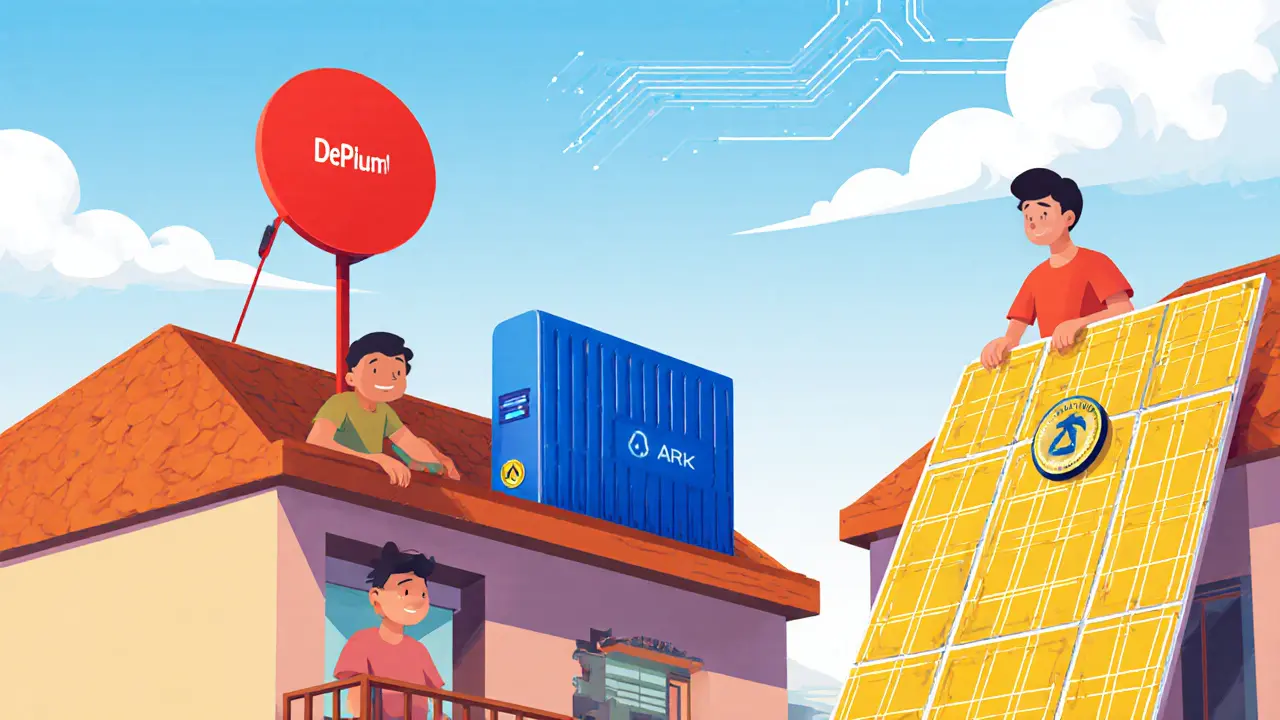When talking about decentralized physical infrastructure, a network of real‑world assets that are managed, tracked, and monetized using blockchain technology. Also known as distributed physical asset layer, it merges tangible resources with decentralized data layers. The backbone is blockchain, a tamper‑proof ledger that provides consensus and transparency. Tokenization, the process of converting physical assets into digital tokens, enables fractional ownership and instant settlement. Smart contracts, self‑executing code that runs on the blockchain, automate agreements without intermediaries. Finally, validator networks provide the security layer that verifies every transaction, ensuring that the physical‑digital link stays trustworthy. In short, decentralized physical infrastructure encompasses tokenized real‑estate, supply‑chain assets, and even energy grids, while requiring blockchain consensus mechanisms and validator networks for secure operation.
Tokenization turns a skyscraper, a farm, or a fleet of delivery trucks into tradable digital tokens. This creates new liquidity channels where investors can buy a 1% slice of a property instead of needing to fund the whole purchase. The result is lower entry barriers, faster capital flow, and a transparent ownership ledger that anyone can audit. Smart contracts layer on top of that token pool to trigger rent payments, maintenance fees, or compliance checks automatically, cutting out middlemen and reducing errors.
Validator networks are more than just miners; they are the guardians of the physical‑digital bridge. In proof‑of‑stake systems, validators stake native tokens to earn the right to confirm transactions, aligning their financial interest with the health of the network. This model scales better than proof‑of‑work, allowing high‑throughput tracking of assets like logistics containers or renewable‑energy certificates without massive energy costs.
Cross‑protocol integration further expands the ecosystem. Interoperability solutions such as IBC, LayerZero, or CCIP let tokenized assets move between blockchains, opening up global markets and enabling multi‑chain strategies for investors. When a token representing a piece of infrastructure can hop from a high‑speed Layer‑2 to a secure Layer‑1, users get the best of both worlds: speed for everyday transactions and security for high‑value settlements.
All these pieces—blockchain, tokenization, smart contracts, validator networks, and cross‑chain bridges—work together to turn static physical goods into dynamic digital assets. Below you’ll find deep dives, reviews and step‑by‑step guides that show exactly how decentralized physical infrastructure is reshaping the way we own, trade, and manage real‑world value.

Explore how decentralized physical infrastructure (DePIN) works, its leading projects, benefits, challenges, and future outlook for participants and regulators.